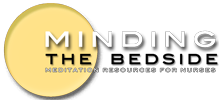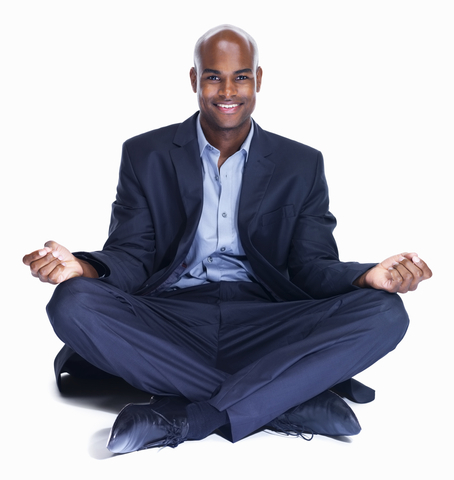 When I began to meditate, I found that I kept on returning to my thoughts, emotions, ideas, distractions…basically, everything that I use to identify myself as “me.”
When I began to meditate, I found that I kept on returning to my thoughts, emotions, ideas, distractions…basically, everything that I use to identify myself as “me.”
What meditation does, at its deepest level, is to help us to free ourselves from this grasping after a “self,” a self that we identify with our feelings, our hopes and fears, our projections.
For some people, and in some methods, “meditation” is defined as a relaxation technique, a way to de-stress from everyday life and find inner piece. That’s good; most of us need a way to remove ourselves from normal speed and aggression that we find ourselves lost in on a day-to-day basis. But, if we simply stop there, stopping at the “relaxation” response associated with meditation, and don’t investigate more deeply, we deny to ourselves the knowledge of who we are, without the ornaments of our feelings, hopes, fears…etc.
Just for a moment, reflect on this:
- Who are you without your thoughts and feelings?
- Who are you without your hopes and fears?
- Who are you when you simply “are,” when you simply “be?”
- Are you your thoughts?
- Are you your feelings?
- What happens when your thoughts and feelings change?
- What happens when your hopes and fears change?
- If you are your thoughts, feelings, hopes and fears, do you change as immediately as they do?
- If not, then who are you…really?
The gift of learning to meditate is that as we practice, as we learn to simply sit with what is, and see that “what is” changes – constantly! – we begin to connect to an aspect of ourselves that is less blown-about by the changes that occur in our arising thoughts, feelings, and emotions.
We begin to connect with a “self” that, for lack of better words, goes beyond the self that we’re used to identifying with. This “self” is known by many names, in many traditions; “Divine” self, “Buddha-nature,” “Atman,””Ain sof”…and the list goes on.
What’s most important is not so much that we define what this nature is as that we experience it. At some point, especially when engaging this aspect of “self,” words simply cannot provide an adequate description of what this nature of our mind is. At some point, we must just “be” and connect with this nature of who we are. How to begin?
Start here: (it’s a PDF of an exercise to work with thoughts)
Beginning to Work With Our Thoughts
Try working with this exercise whenever you have even a few spare minutes, or when you need a “timeout” from the busyness of life.
For more information on how to meditate, please see the Related Posts below. Also, don’t forget to download the free ebook, Can Meditation Change the Way that You View Your World?, for help with getting started in you meditation practice, and download the ebook, How to Work with the Four Distractions to Meditation to learn how to deal with some of the obstacles to meditation.
ALSO, visit the Media, page where you can find articles, MP3 tracks for downloading, and videos on the subject of meditation.
As always, please feel free to share your comments. And, as always, please feel free to contact me if you’d like to see additional content or other discussions on this site.



Leave A Comment